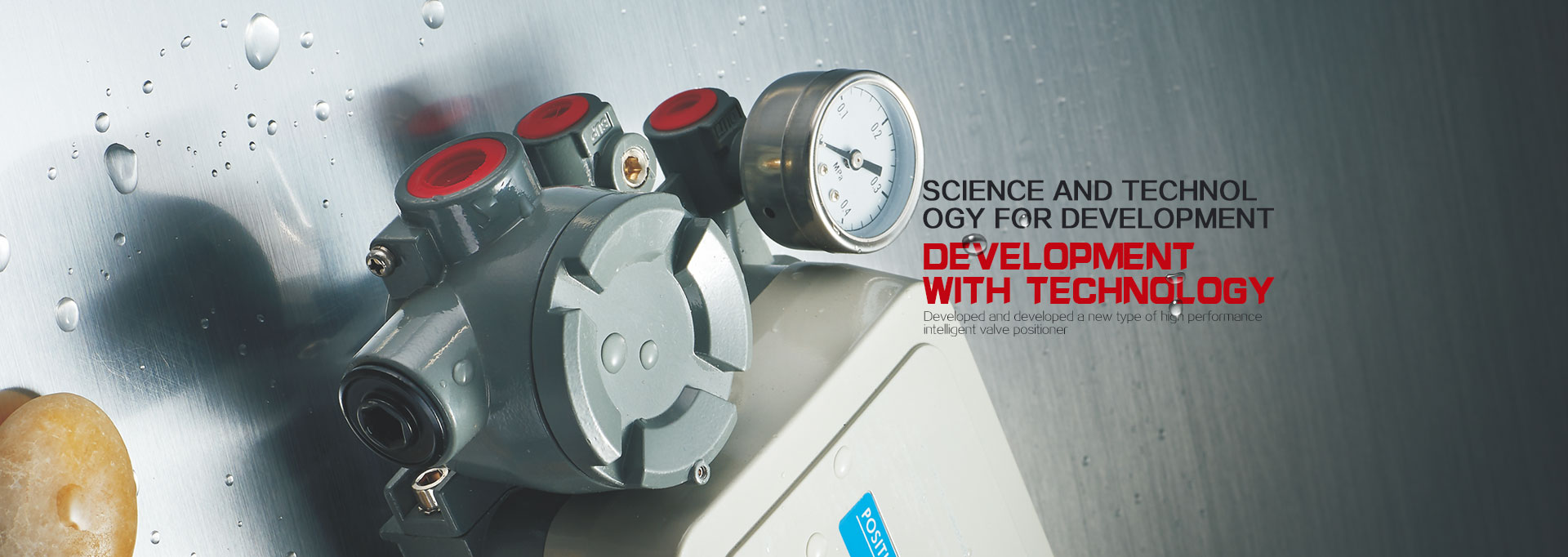The selection principle of the valve billet and the machining allowance
First, the principle of selecting the blank of the valve
The common blanks of mechanical processing are castings, forgings, profiles and weldments. The different kinds of blanks and the precision, roughness and hardness of the blank have a direct influence on the process of machining.
The following factors should be taken into consideration when selecting the blank of the valve.
(1) the material of the parts and the requirements for the organization and performance of the material. The design of the specified parts and materials on the drawing is largely determined by the type of the blank. For example, as the part material is cast iron, the casting must be made by casting. For steel parts, the mechanical properties of the material should be considered when selecting the blank. For example, parts made of high pressure valves should generally be selected as forgings or welded parts to ensure that the material has good mechanical properties.
(2) the structure shape and shape size of the parts. The structure shape of parts is an important factor affecting the selection of blank, for example, the body with complex structure and shape can be used for casting. The large size body can be cast in sand mold, and the small size is cast in the mold.
(3) the size of the production programme. The larger the production program of the parts is, the better the economic effect is to adopt the high precision and high efficiency blank making method.
(4) the condition of making blank. The blanks should be selected according to the condition of the equipment and the technological level of the field, and the advanced blank making method should be gradually adopted in consideration of the development prospect.
Blank and machining allowance
1. Processing allowance and its determination method
(I) basic concepts
1. total machining allowance and process margin
(1) the difference between the size of the gross margin and the design size of the part drawing.
(2) the difference between the size of the two working procedure in the process margin.
(3) the basic allowance is the difference between the basic size of blank and the corresponding basic size of part drawings. The difference between the basic dimensions of the two adjacent processes is called the total allowance of basic processing (}boj) and the basic process allowance (Zbj}a
(4) the relationship between the total processing margin and the process margin
The selection principle of the valve billet and the machining allowance
In the form of N - the number of working procedures or work steps.
2. single side allowance and double-sided remainder
(1) the single side allowance for the machining of a rotating surface refers to the difference in the radius of the adjacent two processes, and the two side allowance refers to the difference in the diameter of the adjacent two processes, which is zb.2zb. Express。 The general use of double side (diameter) allowance is generally used. The machining allowance for a rotating surface is shown in Figure 8 1. 2 1. 1.
For outer circular surface
Selection principle and machining allowance for inner hole surface valve blank
The size of the working procedure diameter on da. Da_.
DB. Db - the diameter of this process.
(2} for a plane processing single side allowance is the difference in size between two adjacent processes when one surface is used to process another surface. Double side allowance refers to the difference in size of the two adjacent processes when the two surface is processed on the basis of the symmetrical plane of the machined surface.
For the single surface allowance of the outer surface: zb=a-b
Double-sided remainder 2Zb=a B







